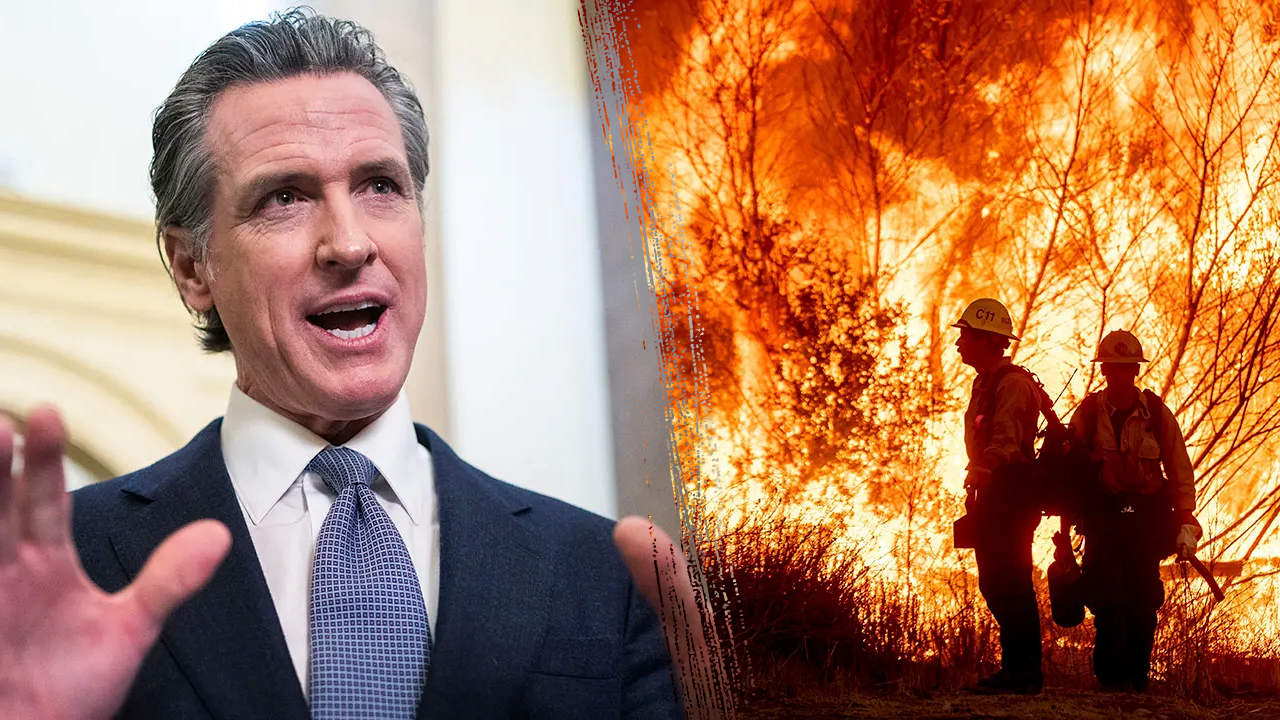It is too bad most American historians have such depressive mindsets as illustrated by their insistence on devoting far more attention, as measured in pages, to the 1930s, also known as the Great Depression, than to the Roaring Twenties. While much can be learned from each of these sharply contrasting decades, the Thirties is mostly about what not to do.
In contrast, the great thing about the 1920s is that the story is about what to do — an owner’s manual about how to run an economically successful country. So we will leave the 1930s to the Prozac school of historians and focus on what America can learn from the successful federal policies of the 1920s, particularly the approach to taxation.
The Roaring Twenties are so named to convey the extraordinary, one might say transformative, economic growth that took place during that period. The car replaced the horse and buggy. Indoor plumbing became not the exception but the norm. As did electricity in the home. The age of Gatsby was indeed great.
A driving force behind this economic growth was President Coolidge’s tax policy. At the outset of his administration, he and his treasury secretary, AndrewMellon, hypothesized that lowering marginal tax rates would stimulate economic growth sufficiently that total tax revenues, despite lower rates, would actually increase. History proved him right. And to think they did all this before Arthur Laffer was born.
There is, though, nothing random about this phenomenon. This pattern of economic growth following a tax rate reduction is as predictable as the sun rising in the east. By no means was Coolidge the only president to demonstrate it.
It occurred after JFK’s tax cuts in the early 1960s; big time after President Reagan’s cuts in the 1980s, when they lifted us out of the malaise. Most recently, there are President Trump’s tax cuts, which were enacted in 2017 and led to the boom that was derailed only by Covid.
Given the consistency of the historical record, it’s unclear why this model for tax policy isn’t universally recognized among economists. The inescapable arithmetic of this law of nature seems too often obscured by political debate over fair share. And since fair share is in the eye of the beholder, or taxpayer, there is no right answer.
So if we call this a law of nature, what are the explanatory and inevitable forces which make it work? Coolidge identified one of the key factors when he recognized the incentive factor in lower marginal rates. If you keep more of what you earn, you are likely to work more.
As Art Laffer likes to remind us, the more one taxes something the less one will get of it — and vice versa. By lowering marginal tax rates to 25 percent from 77 percent, Coolidge unleashed a tsunami of productive work. At 25 percent, tax revenues, along with all other boats, rose.
Work incentives alone, though, failed to capture all the necessary ingredients of an economic boom. As most economists agree economic growth requires investment. Investments are made, whether by companies or individuals, to earn a return on the money invested.
The key link of investment to tax policy is that return is calculated on an after-tax basis. Thus a lower tax rate will, as a matter of arithmetic certainty, increase the return on any given investment. Or put another way, a lower tax rate lowers the cost of capital.
The cost of capital is critical to economic activity — a.k.a. growth — because every investment made on an economic basis has an expected positive return. No one, except government, invests if the return doesn’t exceed the cost. Hence, the lower the cost of capital the more investments will be made.
Plus, too, lowering marginal rates leaves more money in the hands of the investor. It’s fine to create incentives and lower the cost of capital, but it’s not sufficient. The would-be investor needs the money. Lower rates obviously leave him more with which to invest.
We said we would leave the 1930s to the economic nabobs of negativism, but let’s take one quick peek that proves our point. During the 1930s, FDR raised marginal tax rates to 79 percent. Who on earth would want to work or invest when three quarters of the reward was going to someone else?
No wonder the depression continued until war bailed us out. It isn’t just the arithmetic features of an investment that was at play. The psychology of the would-be investor had to be deeply pessimistic knowing most of his efforts would be confiscated. High tax rates are a proven tranquilizer for the animal spirits that inform most booms.
Coolidge called overtaxation legalized larceny. There were always municipal bonds when tax rates became confiscatory. Yet there is no school of economists who think municipal bonds are an engine of healthy economic growth.
Incentive, cost of capital, greater availability of capital, and that sine qua non of growth investments, optimism, are all functions of lower tax rates. Coolidge figured it out and his policies provide a brilliant road map for successful economic policy — just in the nick of time.

















Discussion about this post